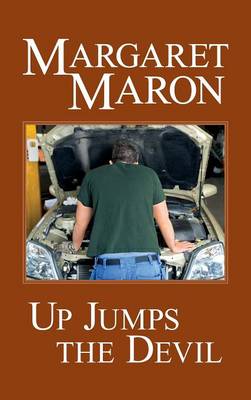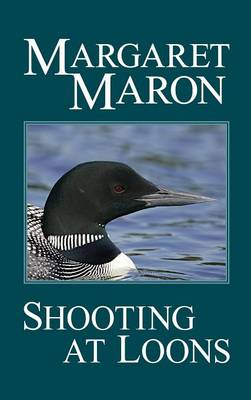A Judge Deborah Knott mystery
3 total works
Murder usually begins at home, and Colleton County, North Carolina, proves no exception. When truck driver and childhood neighbor Dallas Stancil is shot and killed in his own backyard, Judge Deborah Knott figures she owes his memory at least the respectful ritual of taking his widow one of her Aunt Zell's best chicken casseroles. Mistake Number One. Dallas wasn't rich, but with development eating up the farms and forests of North Carolina his land is suddenly worth a fortune. His trashy, chain-smoking third wife and grown stepchildren are all too aware of its value. Opportunistsincluding one Deborah's own brothers - are coming out of the woodwork. And she knows big money makes people do bad things. Hardworking, redneck, and salt-of-the-earth, the Stancil men have lived side-by-side with Deborah's family. When the Stancils suffer another tragedy, a long-hidden skeleton rattles its bones and jumps out of what she thought was her long-dead past. She can run the culprit back out of town or maybe get him charged with murder, but ignoring him would be Mistake Number Two. All around the changing South, Deborah sees hunting dogs, rowdy funerals, backwoods moonshine stills, and long-bed pickups clashing with BMW-driving professionals and housing tracts. With one foot in the rural past and the other in today's high-tech present, she knows her personal world is changing too. This bootlegger's daughter sits on the judicial bench and sees both sides of the law. But she also feels the tug of her roots...and the pull of her heart.
Margaret Maron has garnered both the praise of critics and the raves of satisfied readers for her award-winning Deborah Knott series. The Indianapolis News notes that a Deborah Knott book is "more than just a mystery; it is a portrait of a place." The Houston Chronicle compares Maron's rich description of central North Carolina to the writings of Sarah Orne Jewett and Kate Chopin. And the Raleigh News & Observer gets it exactly right when it says that the series is "like pecan pie. It leaves you wanting more." Now, in Shooting at Loons, we follow Judge Deborah Knott to the state's lush Crystal Coast, where expensive yachts ride at anchor...and murders wash in on the "Down East" tide. Asked to sit in for a hospitalized judge in gracious old Beaufort, Deborah hopes to spend a restful week at her cousin's nearby Harkers Island cottage; but her very first clamming expedition turns up the corpse of a well-known fisherman in the shallow waters. Discovering the body puts her right in the middle of the fight between the locals who have long made their living from the sea and the new tide of well-to-do "dingbatters": weekenders and land developers who view the coast as their personal playground and gold mine. Deborah soon realizes that the centuries-old way of life in this isolated corner of the South is as endangered as loons and sea turtles, and the fisherman's murder is clearly tied to the coming changes. On the bench and off, she can feel the rage and fear and greed these changes arouse. Even so, sipping her bourbon in the fresh salt air proves beneficial for Deborah's soul, and life at the beach takes a definite upswing when she meets a game warden who's hunting for loon poachers. Not untila second murder occurs and a lover from her past becomes a suspect does Deborah realize she's up to her own neck in intrigue - and dangerously close to a killer...


